Darty is one of the few French retailers to be as successful online as it is in its bricks-and-mortar stores, and I initially didn’t feel the need for an online marketplace.
Darty is one of the few French retailers to be as successful online as it is in its bricks-and-mortar stores, and I initially didn’t feel the need for an online marketplace.
Our online success is due in part to our ‘4D’ strategy to improve the business, a key component of which is Digitise Darty.
For me, the digital revolution is as big as in the 1960s when the big-box retail model first emerged. Digital changes everything and at Darty we had created the right strategy to ensure success. A marketplace did not fit with our overall strategy and I thought it was a gimmick, a fad that would pass.
A year or two later and an online marketplace is an integral elemen of our strategy. So what changed?
Adrien Nussenbaum of Mirakl started opening my mind to what could be achieved based on three key elements of retail.
1) Choice – An online marketplace provides a customer with far more choice than we ever could without it.
And crucially, it is the customer’s choice, not what we offer them. A marketplace allows Darty to meet demand and the consumer considers us a part of their journey and remains on the website.
2) Price – Darty prices always included service, but others did not. This made us look more expensive than the competition, even though that wasn’t the case.
A marketplace allows us to express this, explain pricing more clearly and allowing consumers to compare like-for-like. With customers remaining on our website for longer, we can assess price more easily, as there is full visibility of their movements.
3) Service and availability – In electricals retailing especially, there can be issues with availability. An online marketplace of complementary products ensures far greater product availability.
Internal understanding
Darty is an electrical store and we felt it important for our marketplace to reflect that. It can be tempting to diversify your product range, but we felt that initially at least, moving into furniture would dilute our brand and image.
Offering complementary products to our existing range was a better option and it also attracts a better quality of seller.
That’s not to say that there weren’t some objections internally. Our buyers felt that we were potentially offering a platform to competition. Why would we give someone else Darty’s web traffic and credibility?
So it was critical to get internal teams – buyers and merchandisers especially – understanding it and feeling included. We did this by looking at extensive Google data on how customers shop.
The upshot was that consumers flit from website to website when shopping, so if they can complete on your website that makes their life easier and keeps the sale with that retailer.
The success of our online marketplace is really about understanding the customer journey and the browsing behaviour.
This has given us the confidence to be more experimental and I am now of the view that the more sellers you can have on a marketplace, the better. This can allow you to capitalise on seasonal trends.
Last year we were able to launch a toy section on our marketplace in time for Christmas. There are now 10,000 products available in that section and that has provided us with a revenue stream that we simply wouldn’t have had without a martketplace.
I see no reason why a marketplace cannot apply to almost any retailer. They are perhaps a little more common in France than the UK, but geography is no barrier. The only issue with a marketplace might be if you sold only exclusive products, like Ikea. Apart from that, marketplaces will one day be an integral channel for nearly all major retailers.
- Regis Schultz, chief executive, Darty











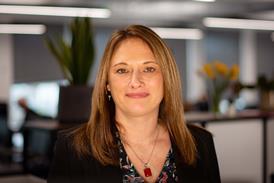






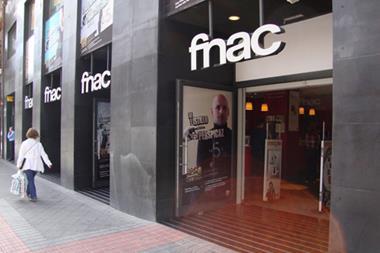
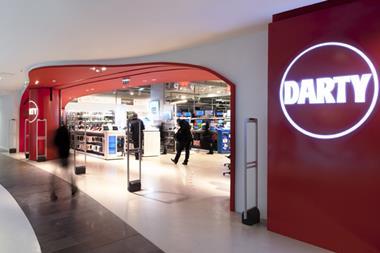

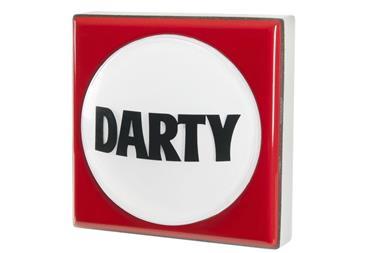
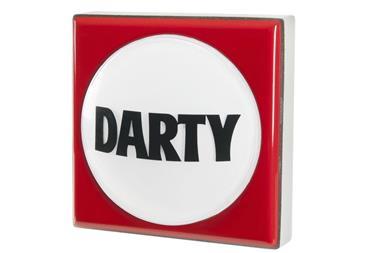
No comments yet